Chris Parkin presents this review of the Tikka T3x Lite in 223 Rem... as close as you get to try-before-you-buy
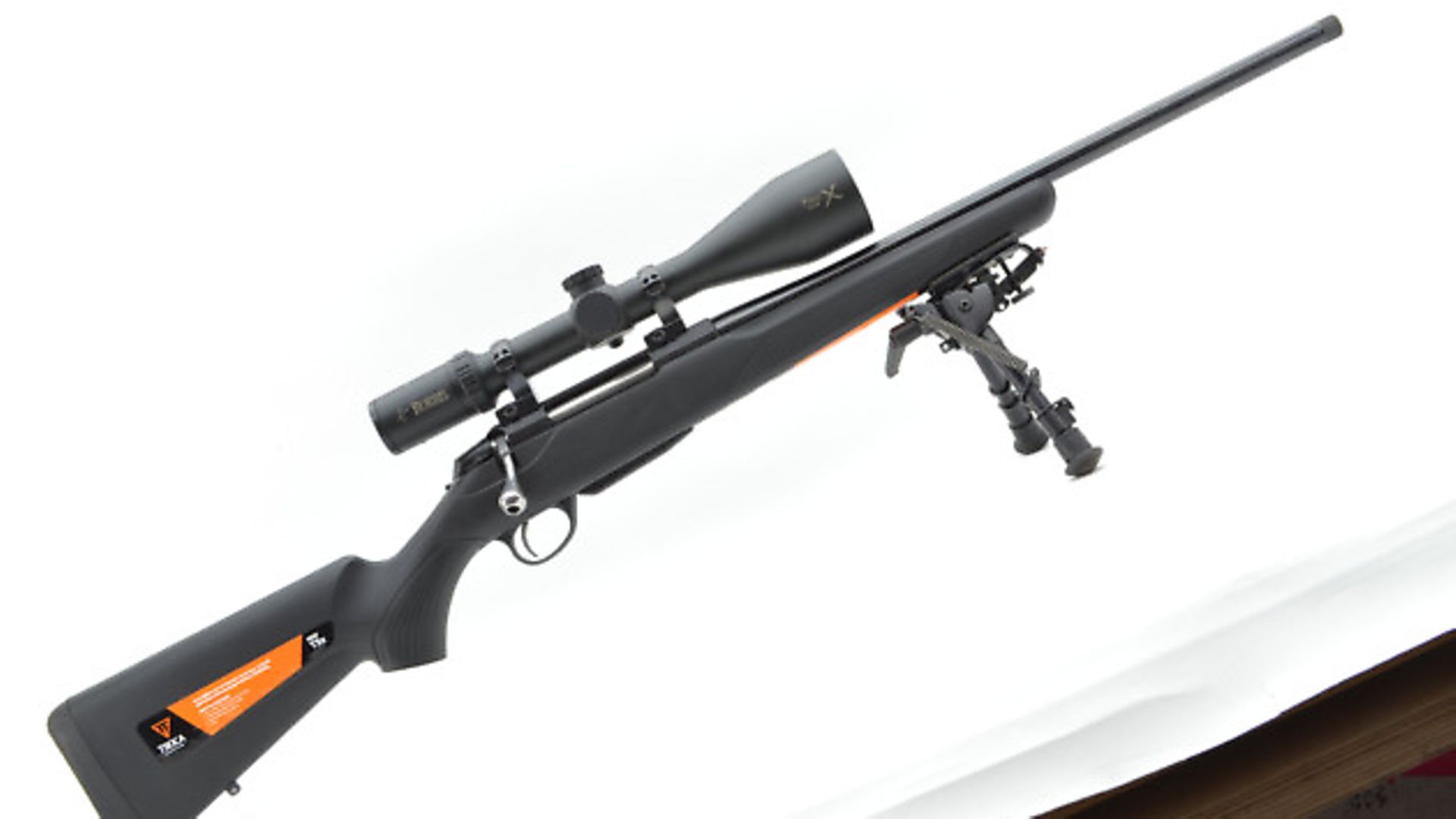 credit: Archant
credit: Archant
IN BRIEF
Likes
The original was such a good gun it is hard to pick improvements; Left handed rifles are easily available; Massive range or calibres and stocks
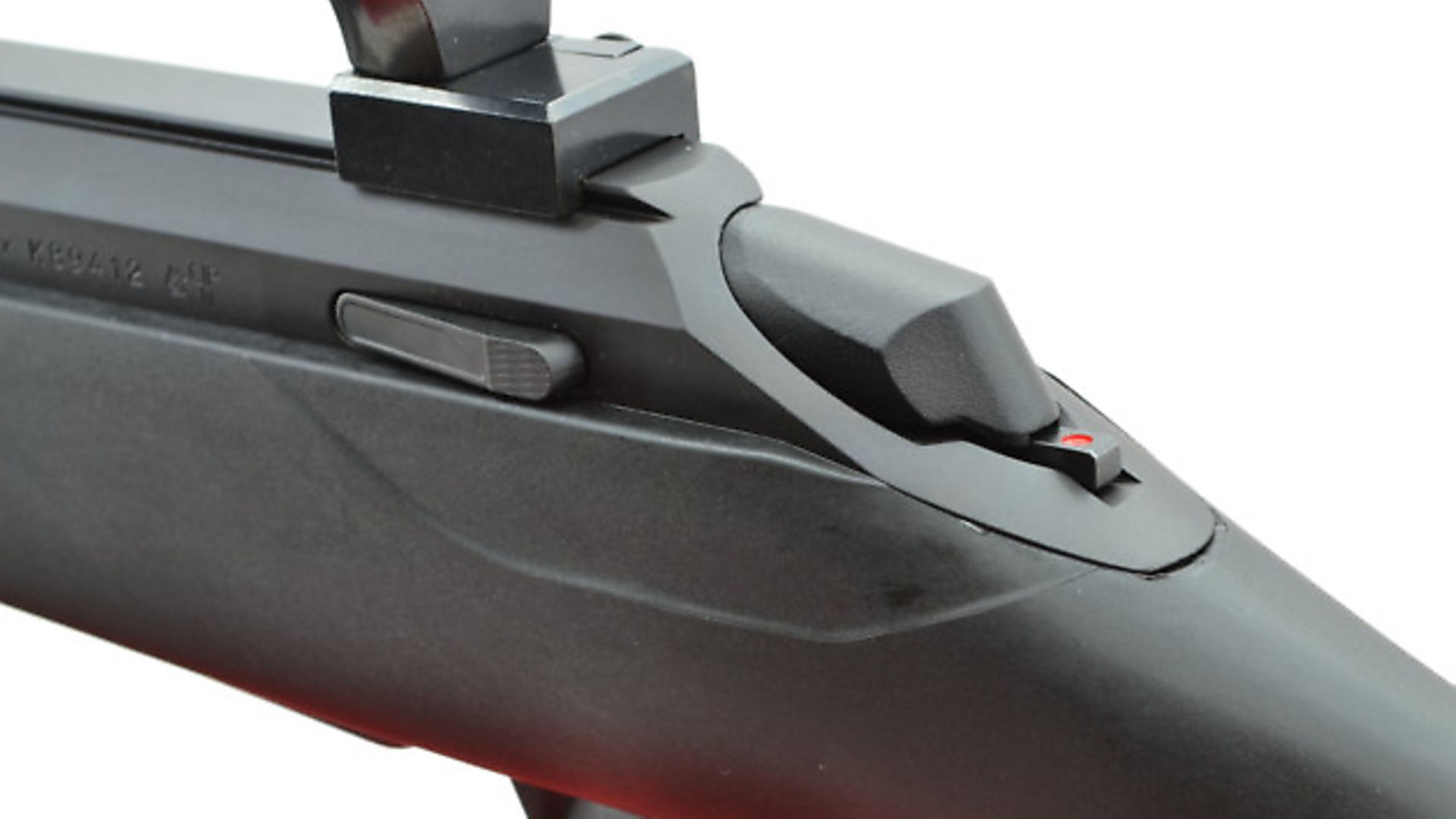 credit: Archant
credit: Archant
Dislikes
They are a bit common, though perhaps for a very good reason!
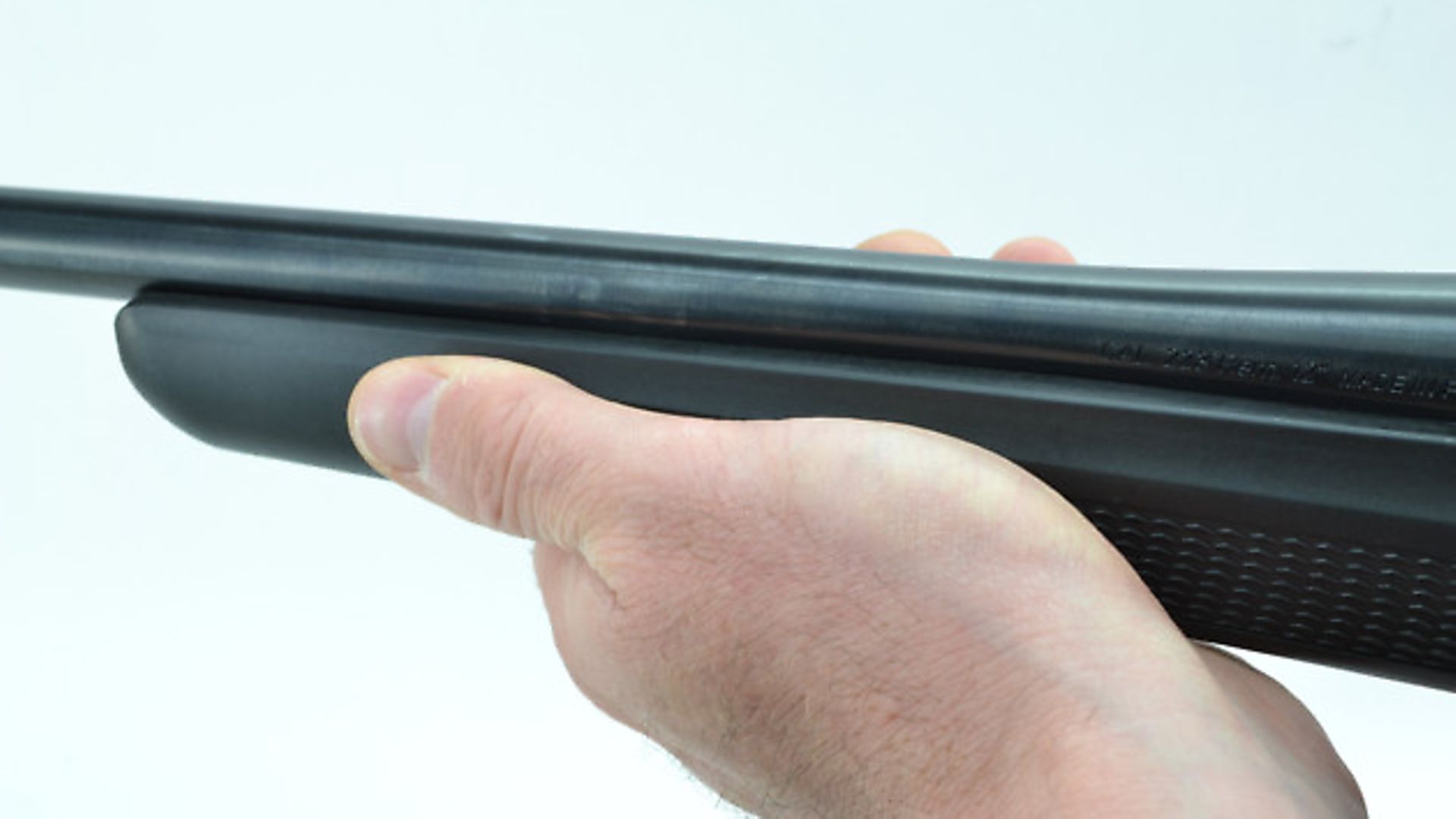 credit: Archant
credit: Archant
Verdict
The rifle industry benchmark gun has had a few styling/ergonomic tweaks, but in use shows little difference to the original: it is just a damn good gun and deserves its reputation as a fine tool.
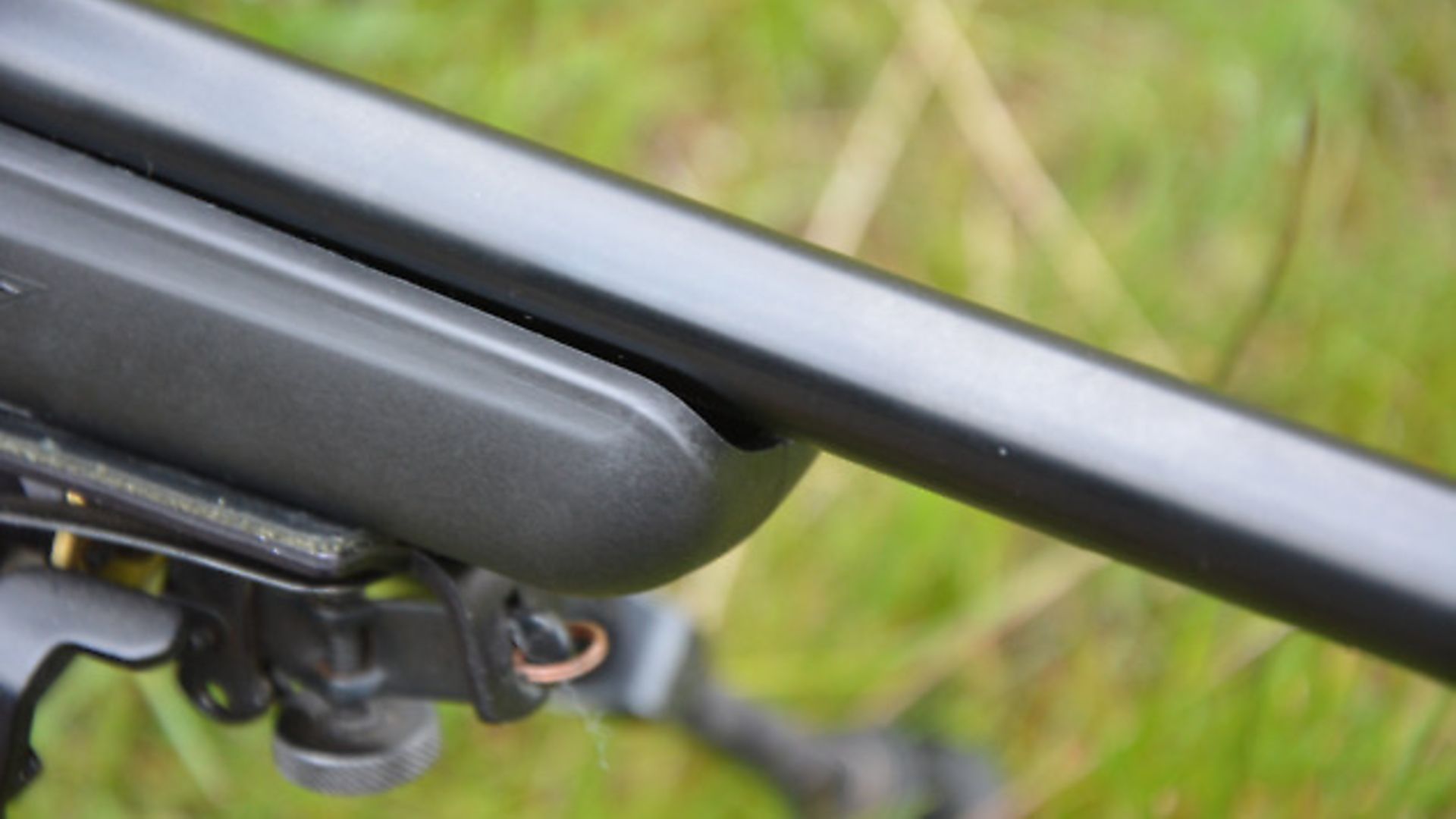 credit: Archant
credit: Archant
Overall Length: 1020mm/40”
Weight: 3.27kg/7.2lbs
Barrel length: 510mm/20” 1 in 12” twist rate
Magazine capacity: Detachable, 3+1
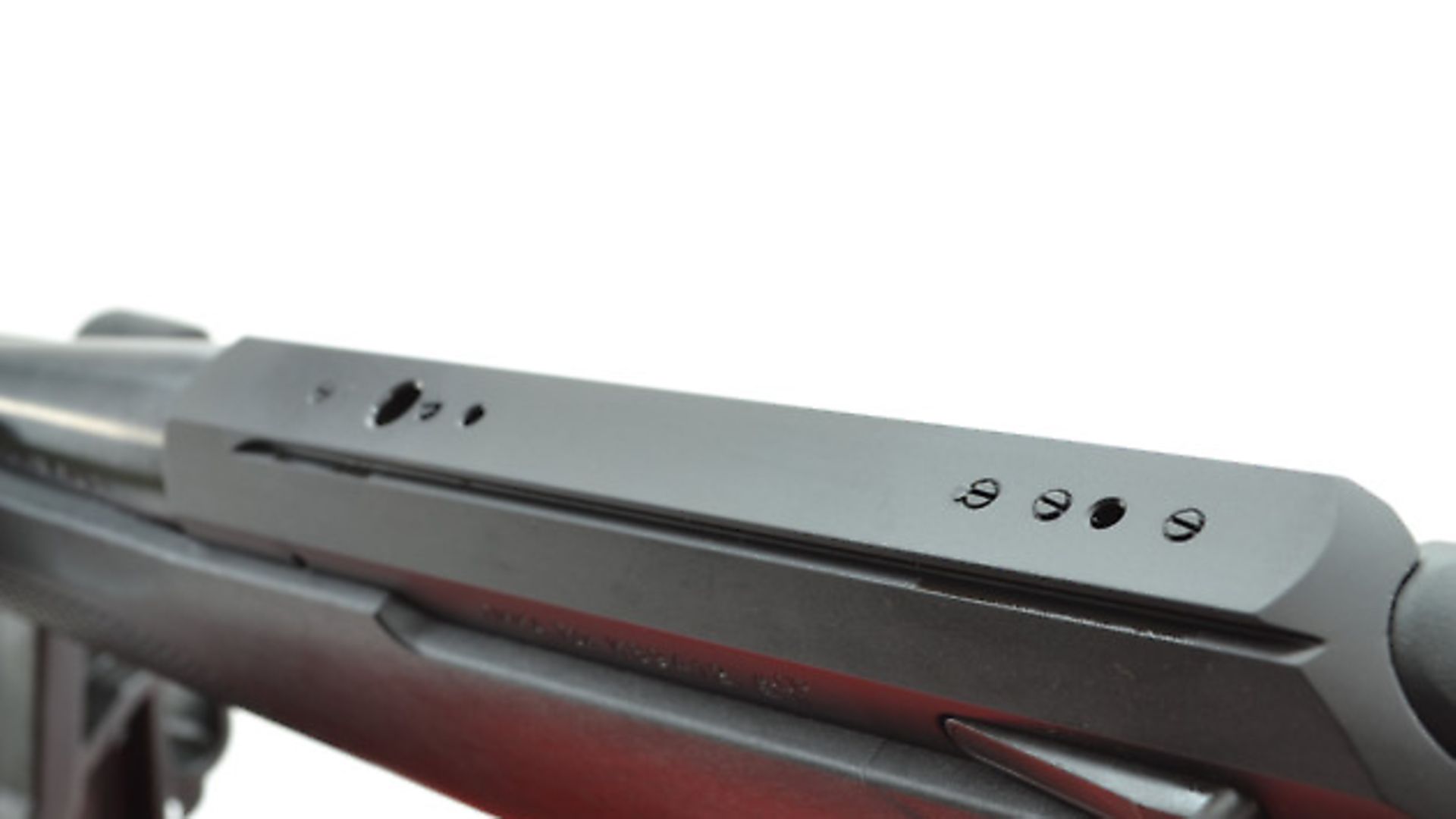 credit: Archant
credit: Archant
Trigger: Single stage, adjustable from 500gr to 2000+ (factory set to break at 1700gr/60oz)
Stock: Synthetic, two sling studs (swivels included)
Screwcut: 14x1 mm
Accessories: Alternate grip and forend profiles available aftermarket, Sling Swivels
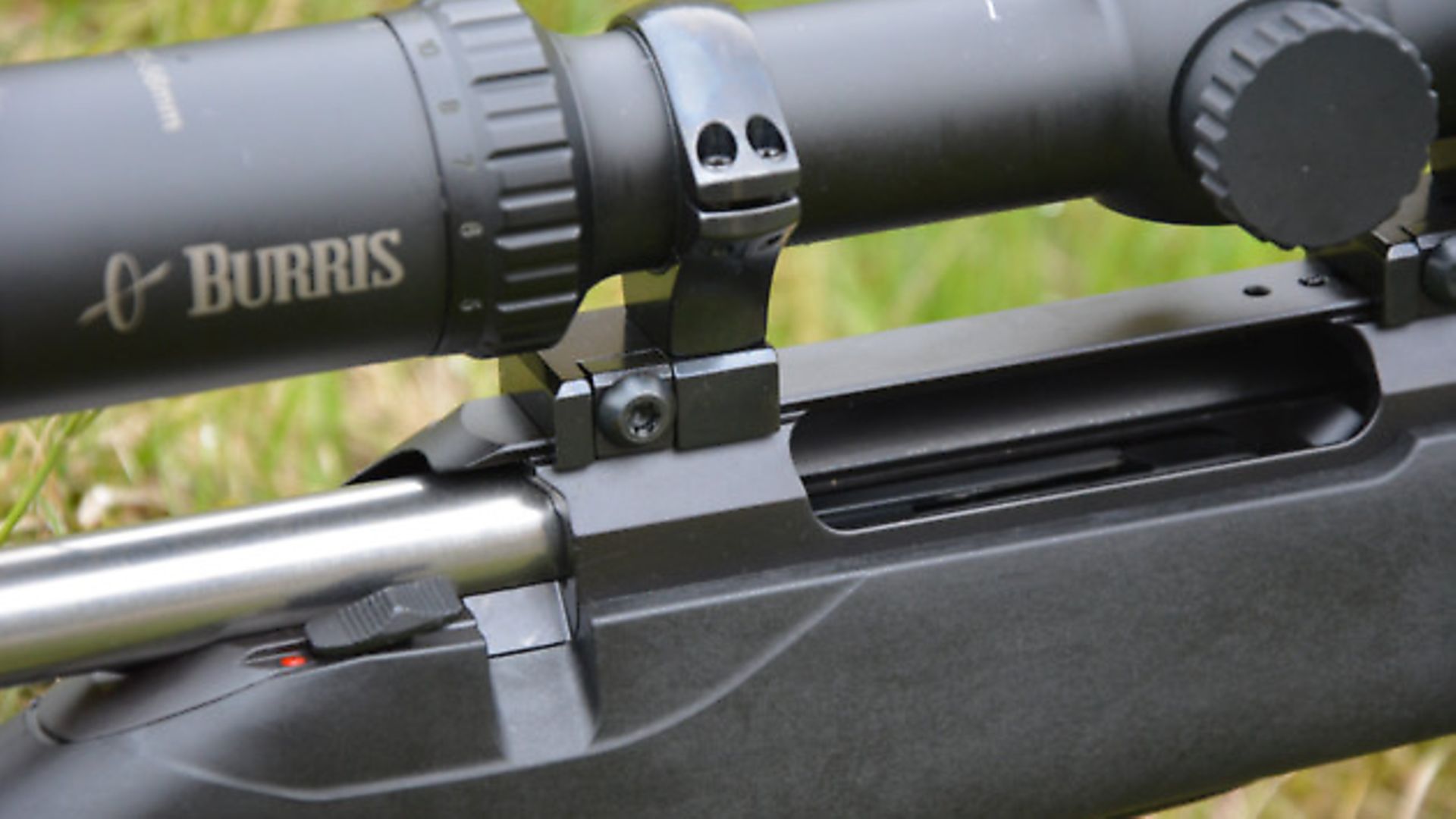 credit: Archant
credit: Archant
Price: £995
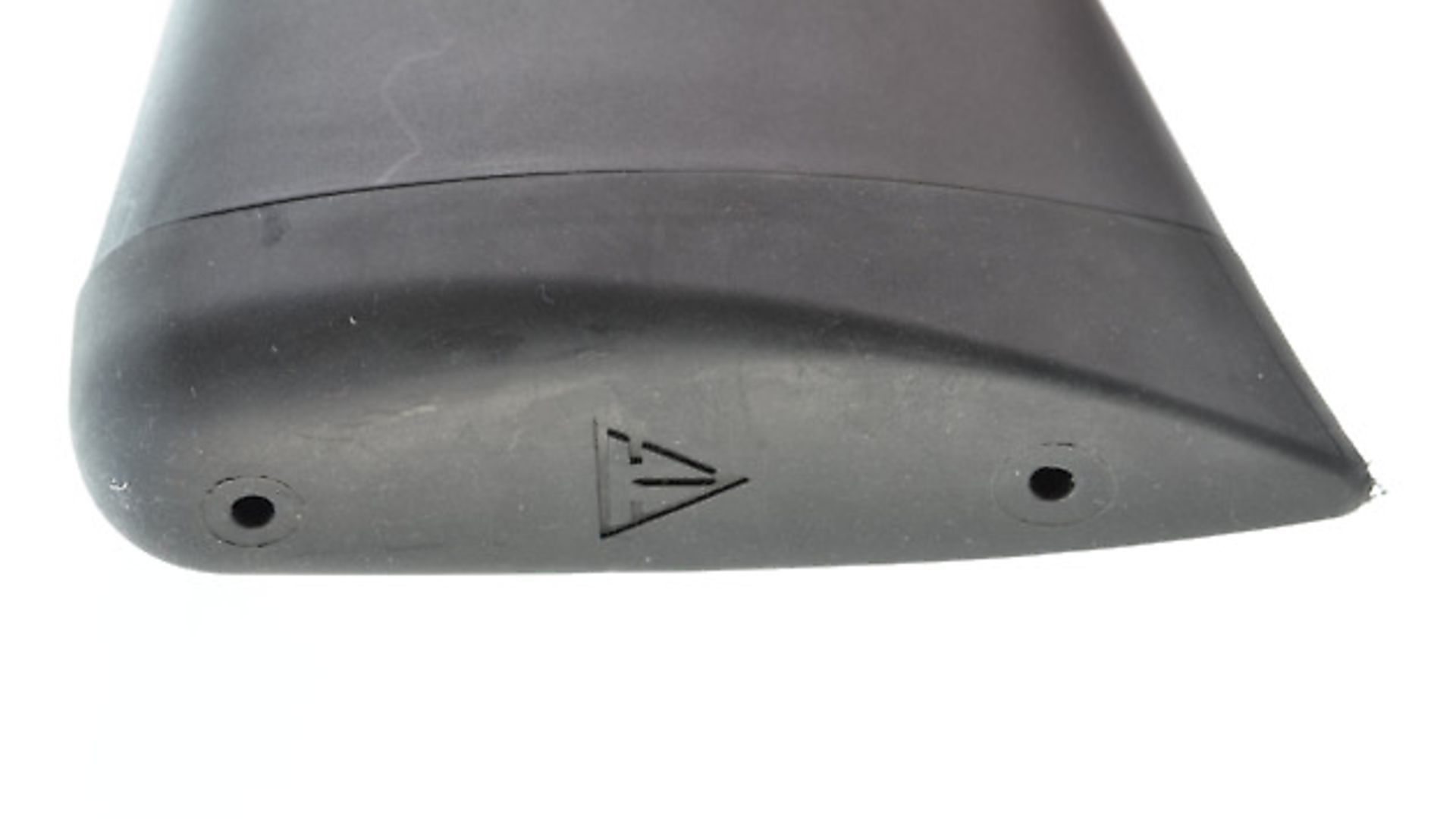 credit: Archant
credit: Archant
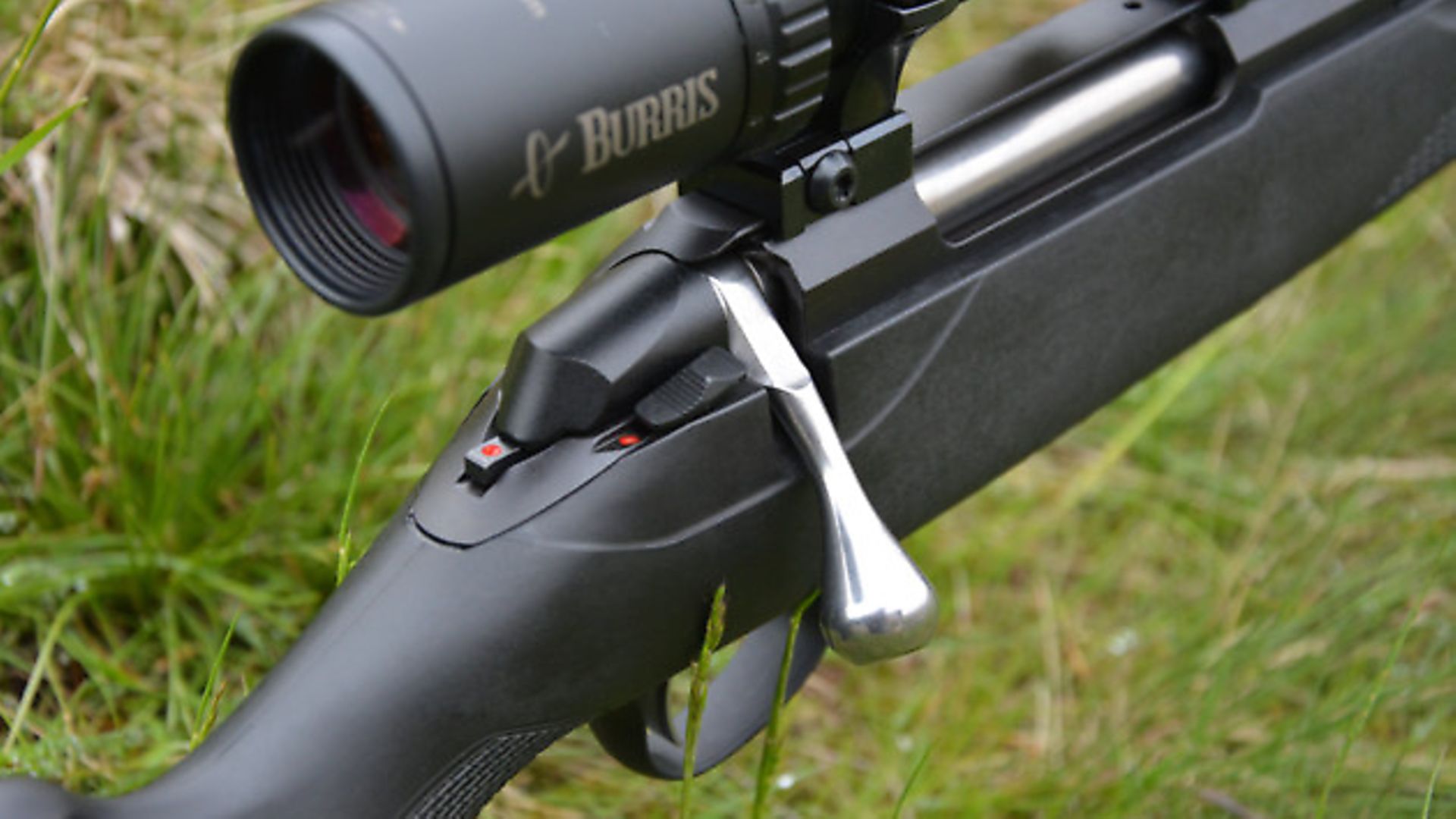 credit: Archant
credit: Archant
Contact
GMK
www.gmk.co.uk
01489 579999
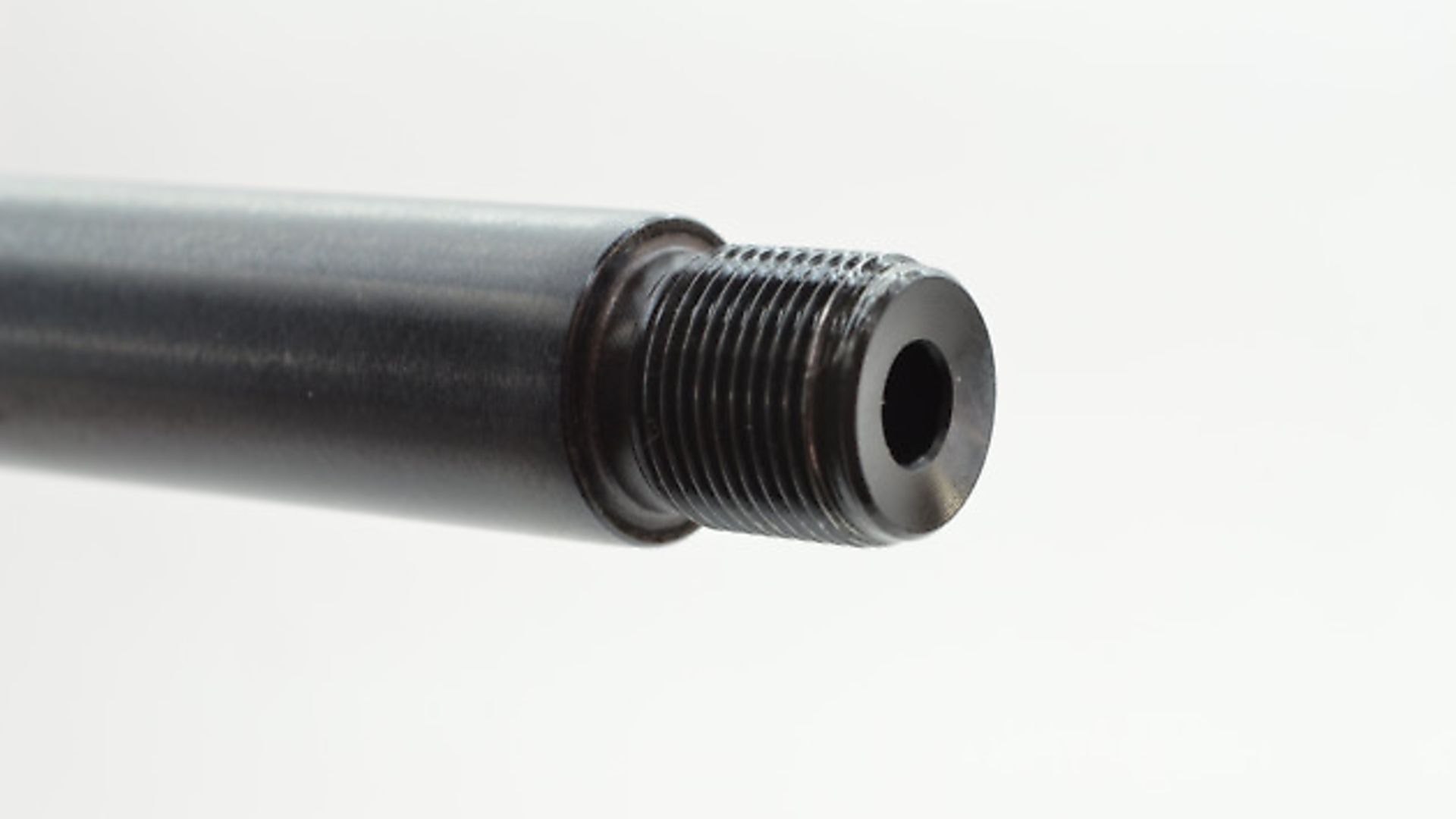 credit: Archant
credit: Archant
Thanks to
Swillington Shooting Supplies for the loan of Burris 3-12x56 riflescope
www.swillingtonshootingsupplies.co.uk
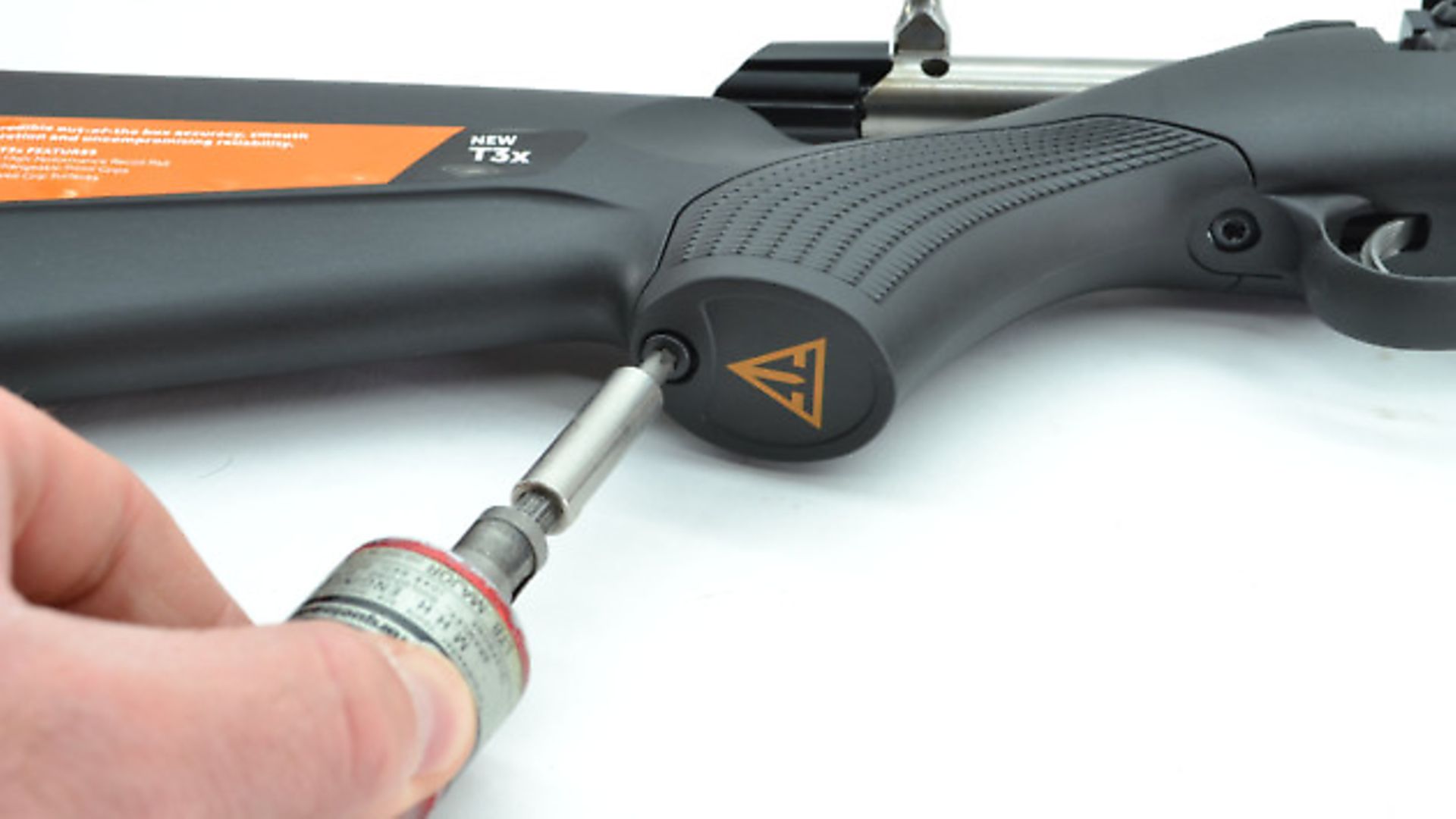 credit: Archant
credit: Archant
0113 286 4097
Also used
Ramshot Powders, Sierra Bullets and PPU ammunition
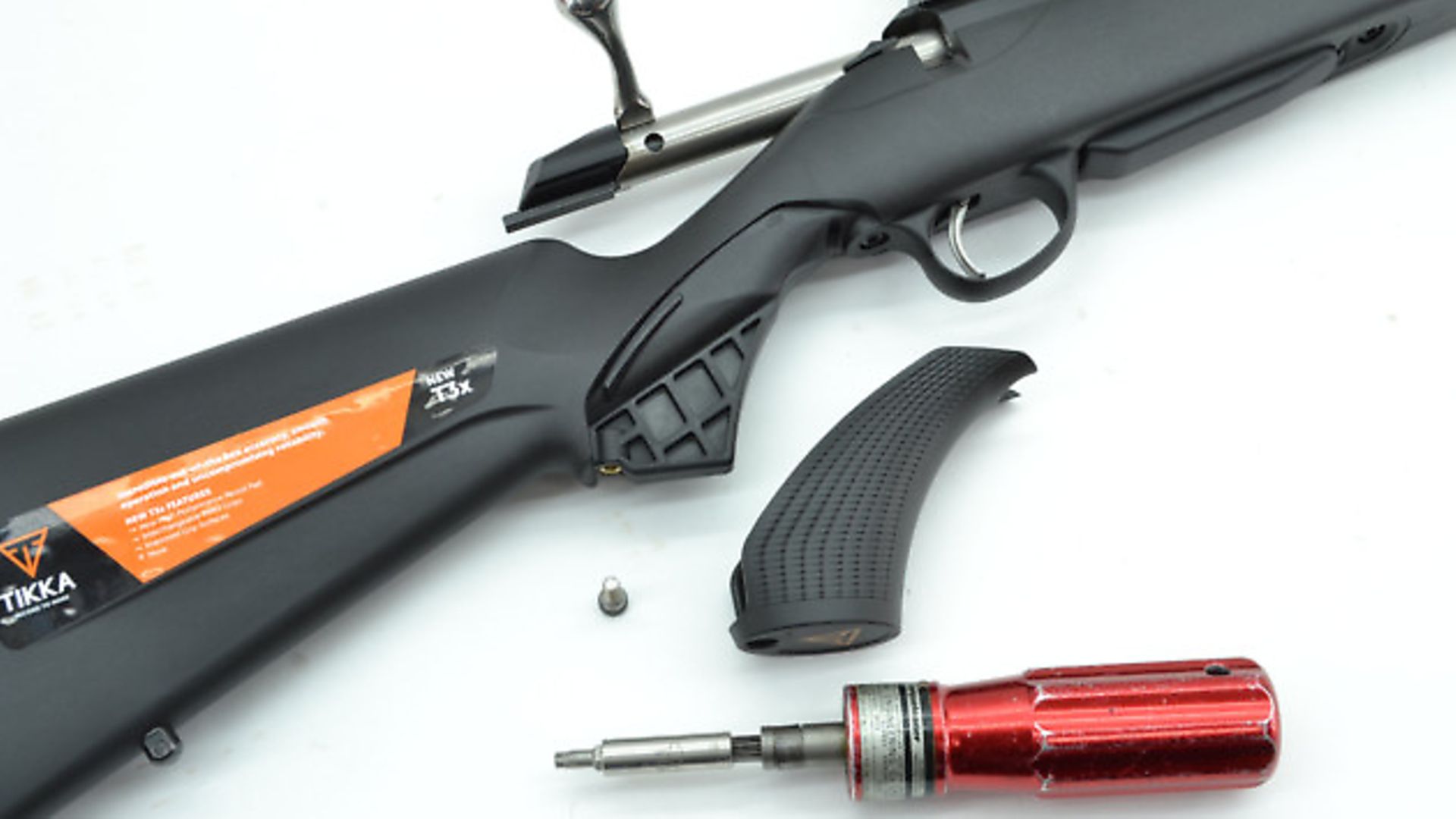 credit: Archant
credit: Archant
Henry Krank & Co.
www.henrykrank.com
0113 256 9163
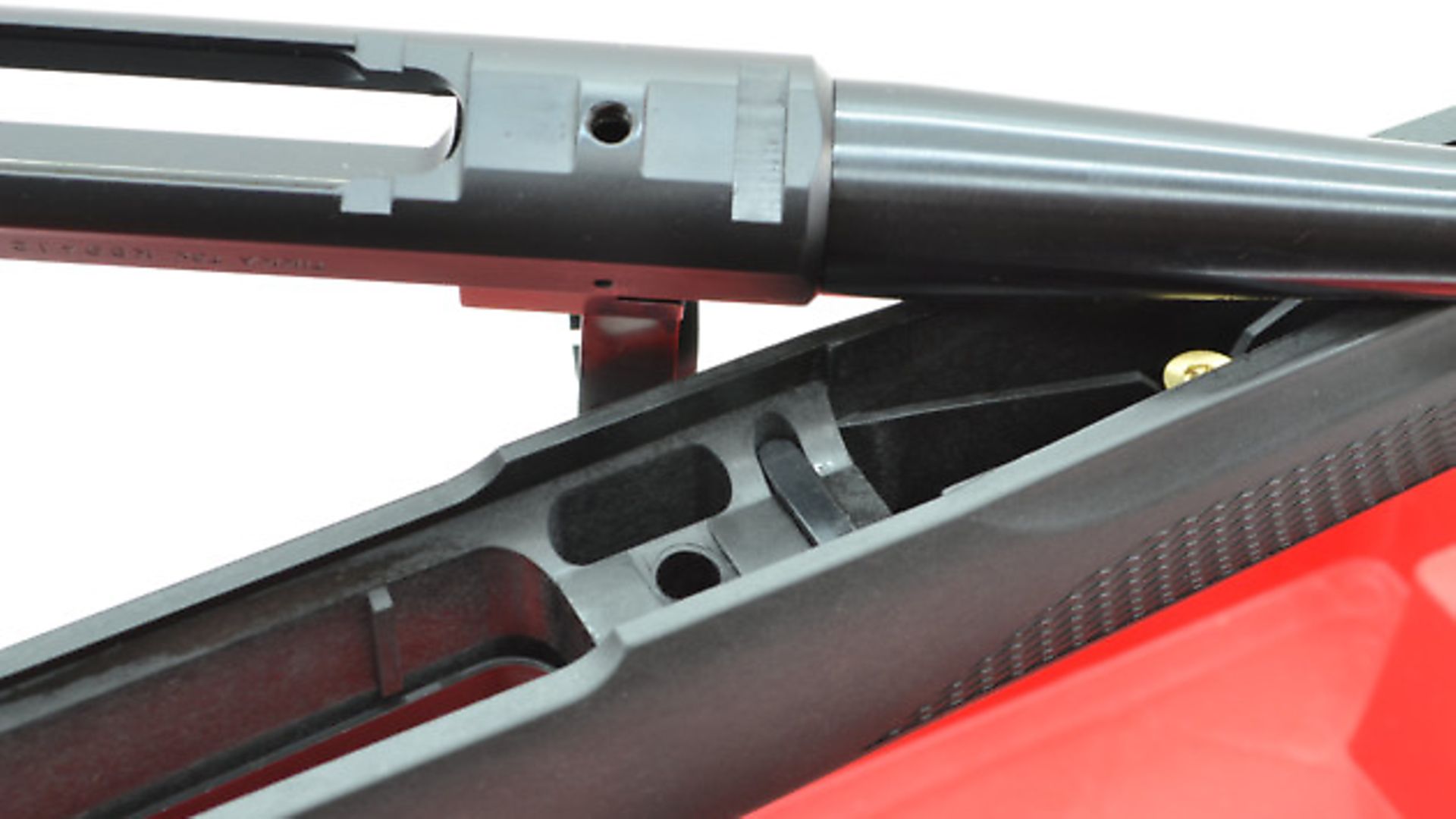 credit: Archant
credit: Archant
Lapua, Vihtavouri Powders, CCI Primers, Hannams Reloading www.hannamsreloading.com
01977 681639
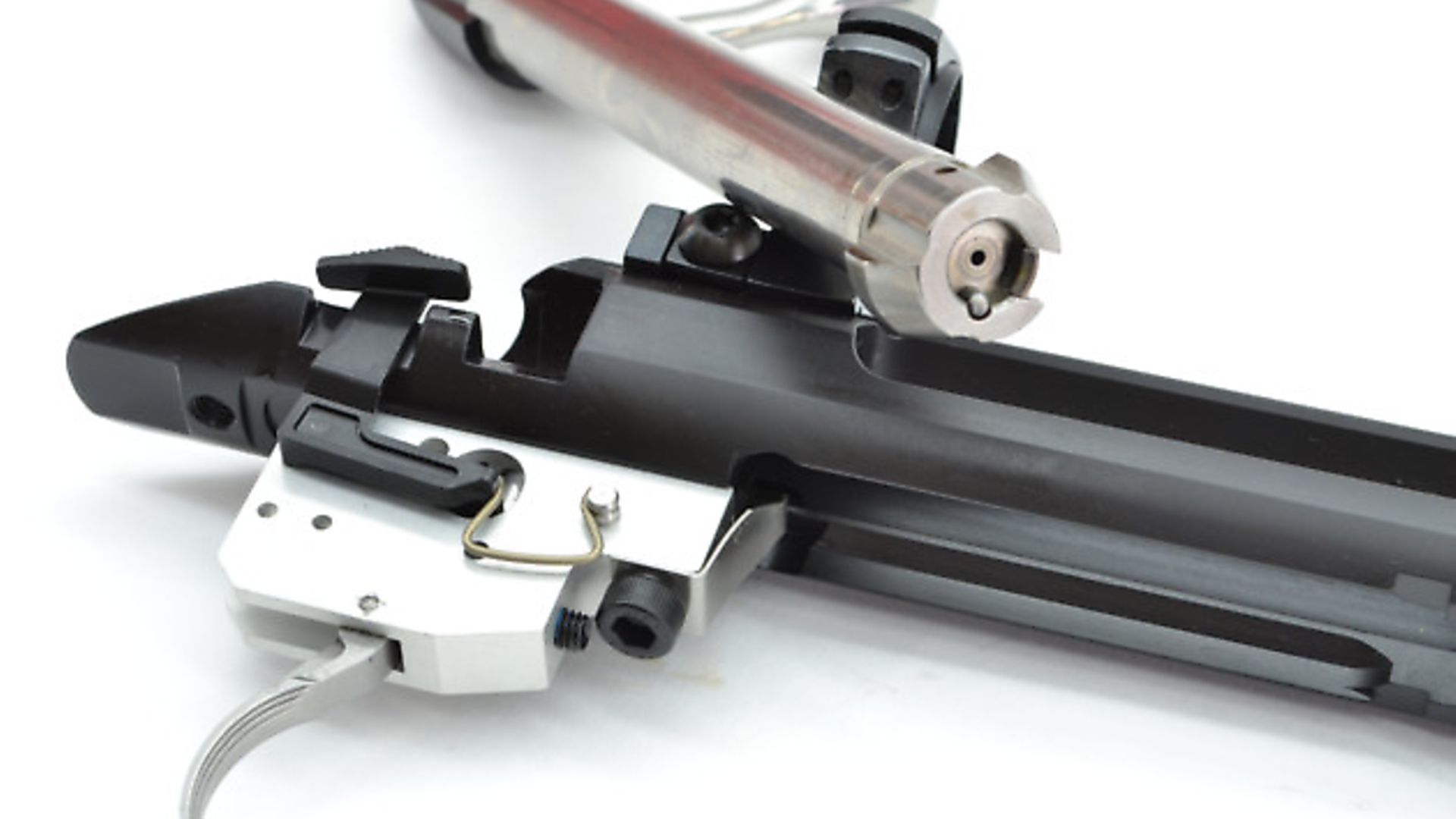 credit: Archant
credit: Archant
Tier One Spartan III sound Moderator, from £255
www.tier-one.eu
01924 404312
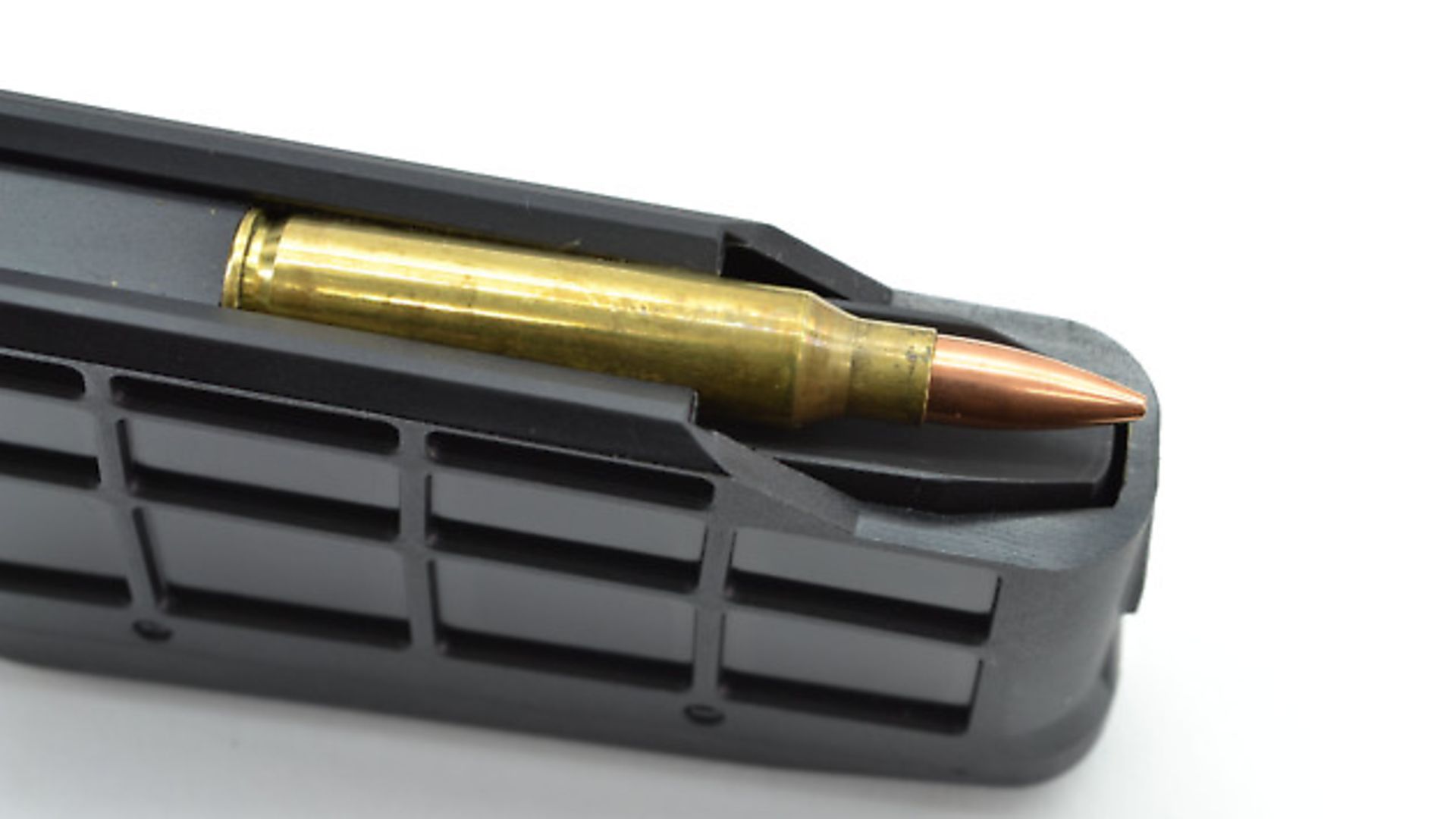 credit: Archant
credit: Archant
IN DETAIL
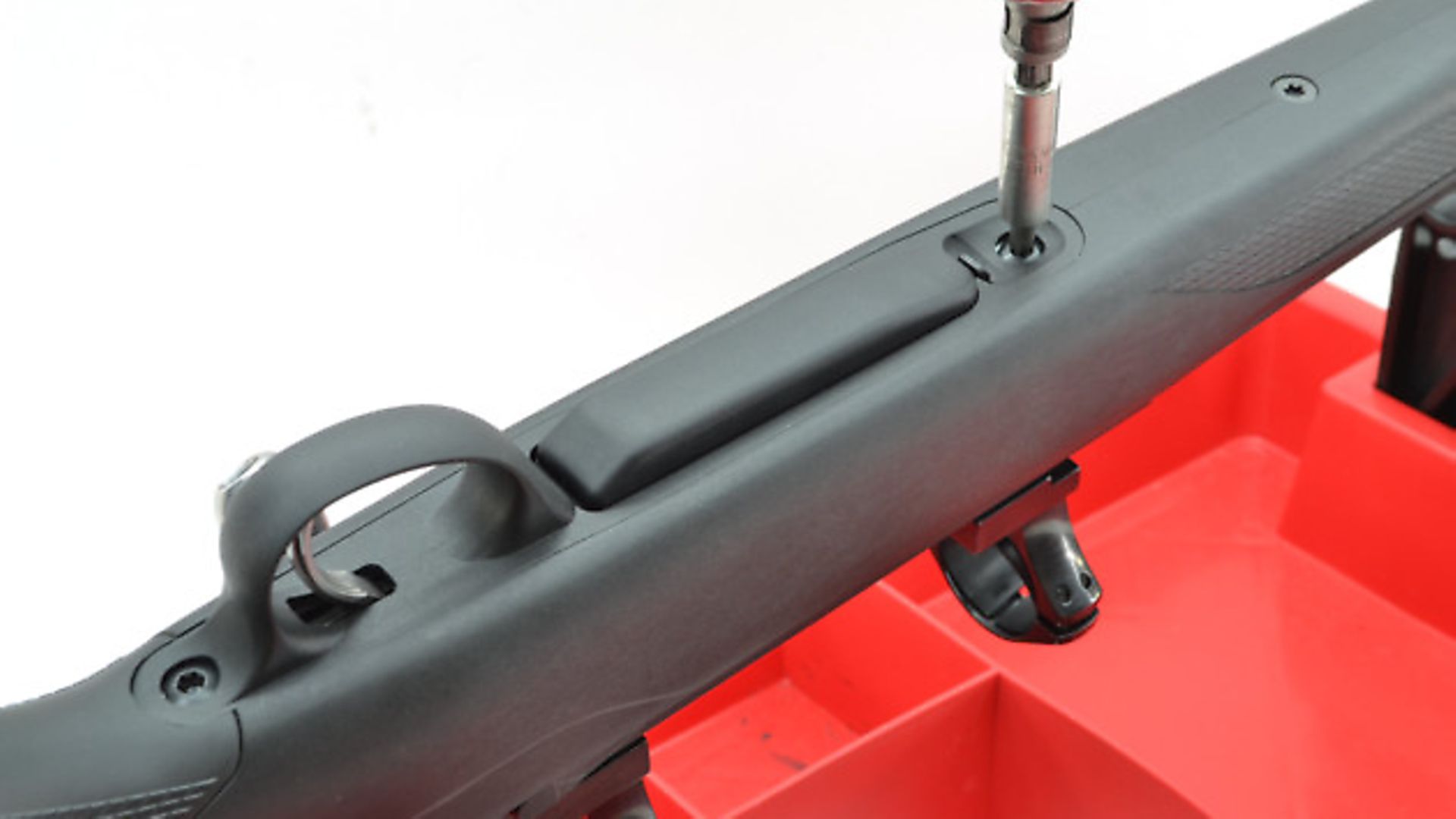 credit: Archant
credit: Archant
Some rifles really don’t seem to warrant much improvement because the makers got it right from the off, and the ‘old’ Tikka T3 is one of them. Throughout its life, although judged a less expensive relative to its forebears, it has become the rifle by which others are judged – the benchmark of the market. Did the Sako 75 or 85 do any better? No, not really. Was any other sporting rifle more accurate? Who knows, there are too many variables to consider, but what nobody can doubt is the fact that the T3 sold well, and in quantities that began to provide a hard-to-doubt statistic. You rarely, if ever, heard of a bad one, and every single one of those I have shot has easily surpassed Tikka’s own three-shot MOA guarantee.
So, how do you refine further? How do you polish a shiny gem? I had two criticisms of the original rifle: the barrel, although described as free floating, wasn’t; and the polymer magazines, particularly in the ever-popular .222/.223 calibres, tended to show wear on the feed lips causing mis-feeds. In judgment of these, the mag issue can be deemed wear and tear (given the price of this rifle), and to be honest I never seemed to pick up any bad characteristics from the non-floating polymer stock; it was no better or worse than the truly floating walnut or laminate guns, so I have to bite my tongue there. The arrival of this updated gun at IWA 2016 was very understated, and now I have the gun and have lived with it, I’m not surprised to report that little has changed fundamentally… the changes are mainly just tweaks.
The most noticeable change was to the stock. This showed a new chequering pattern, yet further investigation revealed this was accompanied by more modularity. Extra grip and fore-end sections can be purchased separately, allowing you to modify the fit and feel to your personal preferences, despite the Tikka being a well-specified gun… to my mind, anyway. Then again, at 5’ 11” (180cm), I’m pretty much Mr Average these days in terms of ergonomics. Tikka call the grip design an ‘asymmetric’ pattern but, when avoiding being too floral, it is like the chequering of old. It is just a little sharper than the old T3’s and, if I were to guess and read between the lines, this is probably more attributable to advances in the injection moulding polymers and die designs, than any great requirement physically. Again, the recoil pad is more ‘advanced’ (in the words of Tikka) but simply does what is needed: it grips your shoulder pocket well; has the right hardness at 25mm thick, with every required corner rounded off; and simply performs without generating any criticism. It is just Tikka – it works perfectly and you only realise this when you try to pick holes in the capability and none are apparent.
The final piece to the puzzle of stock improvements is an inner foam core in the butt. This reduces resonant noise generated when the stock is tapped or rattled during firing. Claims are made that it helps recoil absorption too, but the T3s have always handled this well and, being a moderated .223 Rem, this rifle wasn’t exactly thumpy to start with. Deadening the noise is much appreciated, though, and deliberate handling bumps did have a duller sound that certainly didn’t become irritating. The T3 action showed its quality to the serious user by the enthusiasm custom rifle builders afforded it. Where the Remington 700 or its clones used to be the likely choice for a custom build, the T3 grew a solid reputation and, critically, aftermarket accessory and stock manufacturers have been keen to adopt its footprint when producing custom parts. Rifle builders are a critical bunch, and this alone shows the high regard for the fundamental design and manufacture of the core component of any gun, regardless of how ‘Gucci’ it is to become. Optilock scope mounts are a great product but, just in case you want to go for a Picatinny, the rifle now has extra threaded holes atop the predominantly hexagonal action, to mount such a rail.
Showing a twin-lug bolt, with 70-degree lift from the teardrop bolt handle, has always given the Tikka slick operation. It is push feed, and loads from a single column 4+1 polymer magazine, and here we find the very tiniest of flaws with the rifle. The T3x has a single action size, which I really don’t see as any kind of downside, and uses different magazines appropriate to calibre. All good so far, but the gun won’t feed all calibres from the ‘top’ of the magazine follower. So, if you do have to drop an odd round into the ejection port for an emergency shot, you need to fumble it into the chamber before closing the bolt. For this reason, I assume, Tikka’s designers have modified and increased the size and shape of the ejection port to simplify this. This gun had a 1-12” twist rate on the six-groove hammer-forged barrel – which is great for foxing and vermin – but an 8” twist option is available to stabilise the increasingly popular 69gr bullets, and maybe 77s if you’re lucky! (it is never an exact science and relies on physical length rather than exact mass). The magazine is internally pretty short and won’t accept loaded rounds longer than 2.3” (58.5mm). Within SAAMI specification this doesn’t allow much room for manoeuvre with heavies that appreciate seating long. This is not just to ‘chase’ the lands, but also to alleviate the full case capacity to fill with nice, medium burning rate propellants for longer range shooting. With 69gr (or thereabouts) .223 is a delight to use out to 600y/m, though sadly you will be left single loading them with a fidgety finger, which does disrupt any fast-fire fun you might desire.
Final changes to the action are a metallic bolt shroud and steel recoil lug. I can happily accept plastic for mass-produced rifles and, generally speaking, Tikka have specified polymers well. However, I did see a common issue where a dropped bolt would easily crack its shroud. It has no detrimental effect – other than visual – but the new metal one will avoid that problem. If you didn’t ever take the gun from its stock you wouldn’t notice, but the fundamental update on the T3 was to use a recoil lug sandwiched into the stock, which slotted into a keyway on the action’s underside. The aluminium, which did deform, has now been replaced by good, hard steel, and that simple step will solve the problem for good. Good old steel, you are hard to beat – literally!
My Tikka T3x Lite showed a sporter weight barrel with a neat crown and crisp 14x1 muzzle threads on the 17mm diameter tube. A good-quality knurled thread cap that fits correctly is supplied; it’s not the seemingly generic, badly fitting example some manufacturers supply. It balanced well and pointed immediately, although this will be affected by your choice of moderator, for which I specified a Tier One Spartan III. The tip of the fore-end does float the barrel a little, but the channel does not remain in constant clearance of the barrel. Still, as I said before, this system, which gradually encroaches in contact, does seem to have excellent results, and I couldn’t fault it.
Zeroed from a bipod, there is no problem transferring to bags, or shooting from self-supported and free-standing shots. The fore-end fills the hand quite nicely with a minimal beavertail shape, which allows your thumb and fingers to wrap over slightly for a secure grip. There isn’t a huge amount of room to keep these clear of the barrel, especially in gloves, but there is definitely ‘just enough’. Fitting Tikka’s own Optilock rings was a given as they are superb, and anyone who complains is doing something wrong. I can be a bit judgemental of the manufacturers who choose to adopt a proprietary system, many of which are frankly quite poor, but Tikka do a damn good system which is very gentle on scope tubes yet solid in use, and gives a good return to zero, too. The rose-jointed inserts in the rings remove all stress and likely damage from any scope-mounting misalignment. A magazine catch ahead of the polymer mag is easily accessed by a gloved finger, with a soft pull allowing the sprung mag to pop into your palm. The button sits within a slight scallop of the polymer bottom ‘metal’, and so avoids snagging anywhere. You can also fit a gloved finger into the trigger guard. The trigger itself is, like all Sakos/Tikkas, a pleasure to use. It is fantastically crisp with no feeling of creep, and I must admit I was slightly surprised when I measured the pull weight at 1,700g, as it had felt lighter. This is not a criticism but rather a compliment – it shows how you don’t need to go light to make a trigger good, and when the steel sears are well finished and polished properly, you get a great trigger without any messing around. It’s a lovely trigger! It is also weight-adjustable and will happily sit at 1,000g (approx. 2lbs) without a single doubt about its reliability.
Like the rest of the fittings and action screws, a T25 Torx driver will unfasten the rifle’s grip, so you can change it to the aftermarket options. As standard, it is very generic with no palm swell and a 350mm (13¾”) length of pull to the butt pad, but is well proportioned to suit either left- or right-handed shooters (full left-handed guns are also available). Comb shape is perfect and totally parallel to the bore line, but I would like to see a little less space wasted in the height (though it is only 7mm from the base of the action indicator/firing pin under the back of the bolt shroud). The shroud has remained slim so, when cycling the gun with the correct head position, it remains close to your nose without hitting it. The bolt is ultra-slick and fast and, even when deliberately provoked, seems unable to be jammed when feeding rounds from the mag to the chamber. There is a release button to the left side of the action and the two-position safety to the right of the bolt operates silently. It is serrated for a sure thumb-grip even in gloves, and locks the bolt closed when ‘safe’ too. With a 103mm bolt stroke, the action is a little larger than required as it is suited to all available T3x calibres, but it never seems overly arduous to operate. This is thanks to the clinically-smooth machining standards, with acceptably relaxed tolerances making it so smooth. I can think of two competing rifle-making cultures in the US and Germany, where one allows things to be too sloppy, the other too tight, and yet the Finns get it just right for a sporting rifle. The chrome-moly action is blacked with the bolt remaining stainless, so you don’t get any sticky dust and debris slowing things at all. The rifle can be assembled totally dry here, if needed, and seems no slower. I do, however, always wipe over metallic surfaces with an oily cloth. Primary extraction of fired brass cases is assured by a strong claw in the right bolt lug’s face to the breech. With ejection always vigorous, the larger port also helps resist any cases bouncing back into the action. The 65mm handle gives plenty of leverage, and the steel teardrop ball handle is one of the most comfortable to use, with or without gloves. It sits directly above the trigger and is very easily caught and flicked open with just the fingertips in fast-fire situations.
Tikka’s MOA guarantee was surpassed with the very first five rounds of economy PPU 55gr (3.24g) soft-point ammunition, just squeezing the holes within a 25mm circle at 100m, which is actually better than the 1” (25.4mm) at 100 yards (91.4m) MOA approximation. Running at 3,100 feet per second (944m/s), this is quite happily producing 1,173ft/lbs of energy (1,450 joules). I switched over to some hand-loaded ammunition – 55gr V-Max and Viht 133 powder in a Lapua case with CCI BR4 primers at similar velocities – and the accuracy was even more impressive, to say the least. Tikka only assure the first three rounds into MOA, but I was holding five rounds into half of that every time. Better still, the barrel seemed to do it cold or warm, with my worst group from a hot barrel still within this mark. I stretched the gun out to 360m (400 yards) and even the PPU was still hitting, or at least closely skimming, a foam 75mm ball (to be fair, it was on a fairly windless evening). The gun shot far better than I could, and although I personally own a custom .223 Remington with a similar 20”/510mm barrel, I can’t say it is any better at three times the price! Twenty-inch .223 barrels are a great compromise: any extra you add will gain a little more velocity, but other than for special needs, the rifle balances so well and is comfortable to carry and point quickly.
Tikka’s T3x might not be what I call a ‘fine’ rifle. It doesn’t seem to quite have that exclusivity or charisma, but what I will say is this: there are few rifles any finer than the T3x in terms of a tool to get a job done, without wasting money on things you don’t need. It is, in fact, a ‘fine tool’ and well worthy of its price and reputation for a long life of reliable sporting service!